Home \ International \ Wirtgen Group cold recycling: from dusk to dawn!
Wirtgen Group cold recycling: from dusk to dawn!
03/04/2024
Pubblicato da Ettore Zanatta
A cold recycling train from the Wirtgen Group completes the rehabilitation of an important section of a motorway in Greece in the shortest possible time.
The in-situ cold recycling method was chosen for the rehabilitation of two sections of a motorway close to the Greek city of Lamia and the town of Kamena Vourla. The sustainable, fast, and cost-efficient method is ideal for the rehabilitation of busy motorways. Due to the high daytime temperatures, all the construction work was carried out between midnight and the early hours of morning.
On the E 75 motorway, the Wirtgen cold recycler W 380 CRi at the heart of the cold recycling train was accompanied by a latest generation SUPER 2100-5i Highway Class road paver and a SUPER 1800-3 Universal Class paver from Vögele and a team of three Hamm rollers made up of two HD+ 140i tandem rollers and a HP 280i pneumatic-tyre roller.
The sections of the motorway in need of rehabilitation are extremely busy and important traffic intersections. An overall area of around 50,000 m² had to be rehabilitated, and a complete closure of the highway would have led to serious traffic disruption. Thanks to in-situ cold recycling, it was possible to reduce the construction time otherwise expected when using conventional methods by around 50% and direct the traffic flow around the rolling construction site. At the same time, it enables significant savings in terms of material and transportation costs. The key player on the rehabilitation project was a W 380 CRI. The machine is capable of recycling the damaged road pavement in a single pass. In the course of this, cement, water and foamed bitumen are added to the existing material in-place (in-situ) to produce a bitumen stabilised material (BSM). This freshly produced, high-quality construction material can then be laid down on the spot. In Lamia, this eliminated the need for around 24,000 tons of new material – which not only conserved valuable resources, but also reduced the CO₂ emissions on and around the construction site.
The LED floodlights of the W 380 CRi and the new Light Package Plus on the SUPER 2100-5i provided excellent lighting during the rehabilitation project. The integrated lighting systems provided even lighting over the entire working area. This not only ensured the safety of traffic driving past the site, but also of the crew on and around the construction site. In the first step, cement was evenly spread across a working width of 3.80 m. The binding agent spreader was followed by the two tankers for the supply of water and hot bitumen to the W 380 CRi for the production of foamed bitumen. Precise doses of foamed bitumen and water were sprayed into the mixing chamber of the cold recycler via the Vario injection bars.
Together with the milled-off road surface material, the recycler produced a new bitumen stabilised mix and transferred it to the Vögele SUPER 2100-5i paver following on behind, which then directly paved the mix true to grade and slope. With an extra material hopper, the latest-generation Highway Class paver can take up to 20 tonnes of mix on-board and pave it at a laydown rate of up to 1,100 tonnes per hour. The AB 500 TV extending screed was equipped with a so-called ‘Plus Tamper Bar’. This tamper bar features a special geometry that, together with the 8 mm stroke, ensures high pre-compaction and optimal floating behaviour of the screed. The new option, Dual Power Shift, enables the stroke of the tamper bar to be conveniently set to either 4 mm or 8 mm at the press of a button.
To achieve a permanently stable road surface, two HD 140i tandem rollers compacted the paved material in a total of seven passes. Smart Doc enabled continuous monitoring of the compaction performance.
A SUPER 1800-3 paver laid down the new surface layer of hot mix asphalt (HMA) after completion of the recycling process. A Hamm pneumatic-tyre roller (GRW) followed on immediately after the compaction by the two Hamm tandem rollers to perform the final compaction and thin cape seal surfacing.

Ultime notizie di Wirtgen Macchine

Earthmoving Machinery
21/11/2024
Kleemann: New compact crusher used for recycling
Impact crusher MOBIREX MR 100i NEO impresses during operatio...

Road Machinery
04/11/2024
Wirtgen: Widening of the Ruta 5 highway from Montevideo to the Brazilian Border
Efficient concrete paving solutions from Wirtgen ensure the...
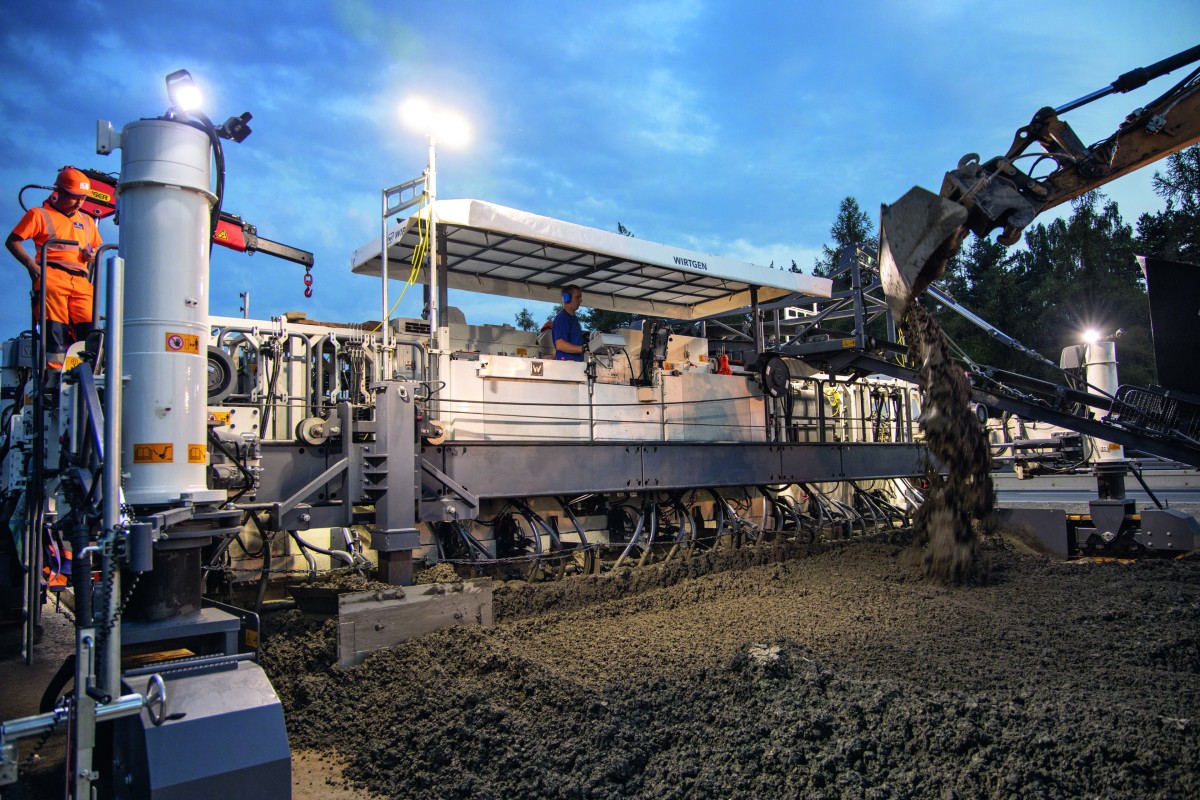
Road Machinery
31/10/2024
Wirtgen: Concrete paving with inset slipform pavers
Wirtgen has been offering machines for inset slipform paving...
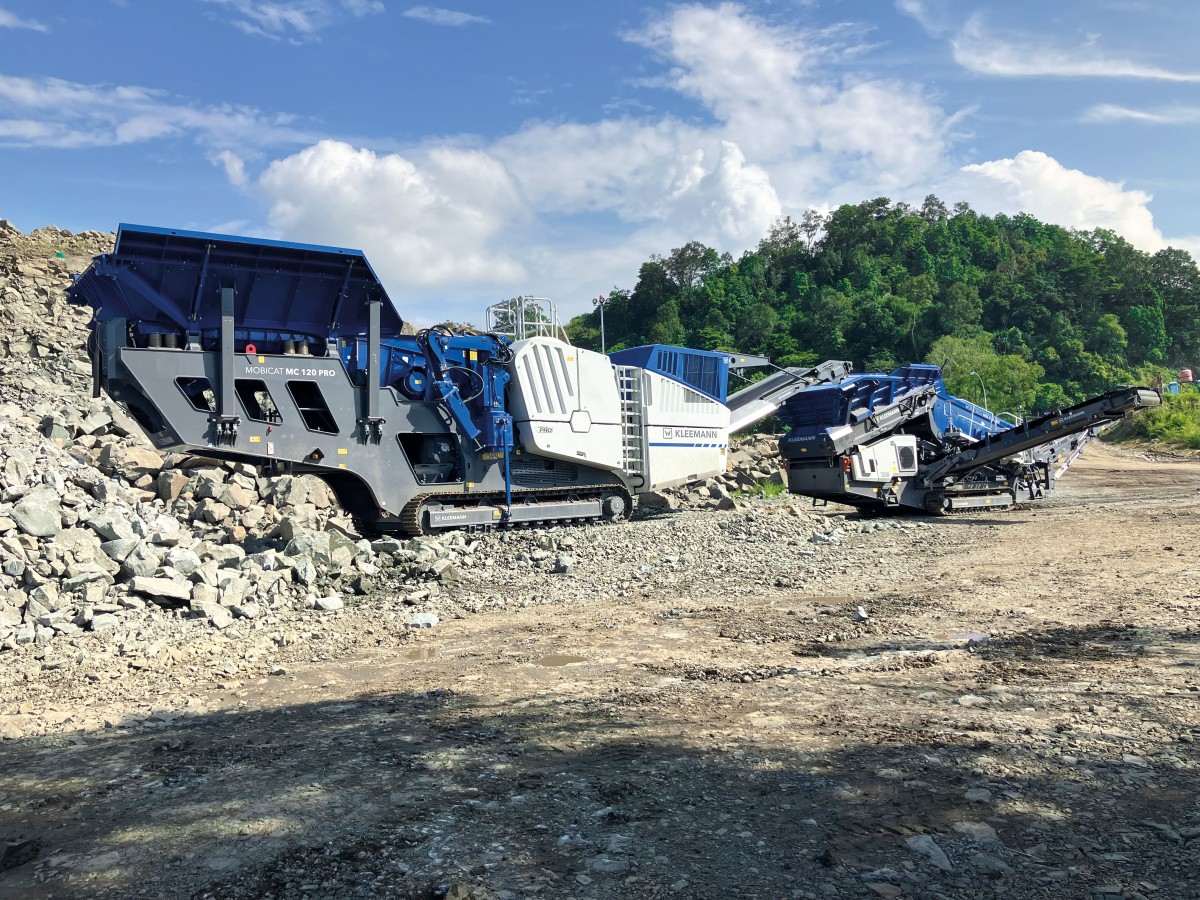
Earthmoving Machinery
28/10/2024
Kleemann: Andesite processing in Indonesia
A MOBICAT MC 120 PRO and a MOBISCREEN MSS 802 EVO are deploy...
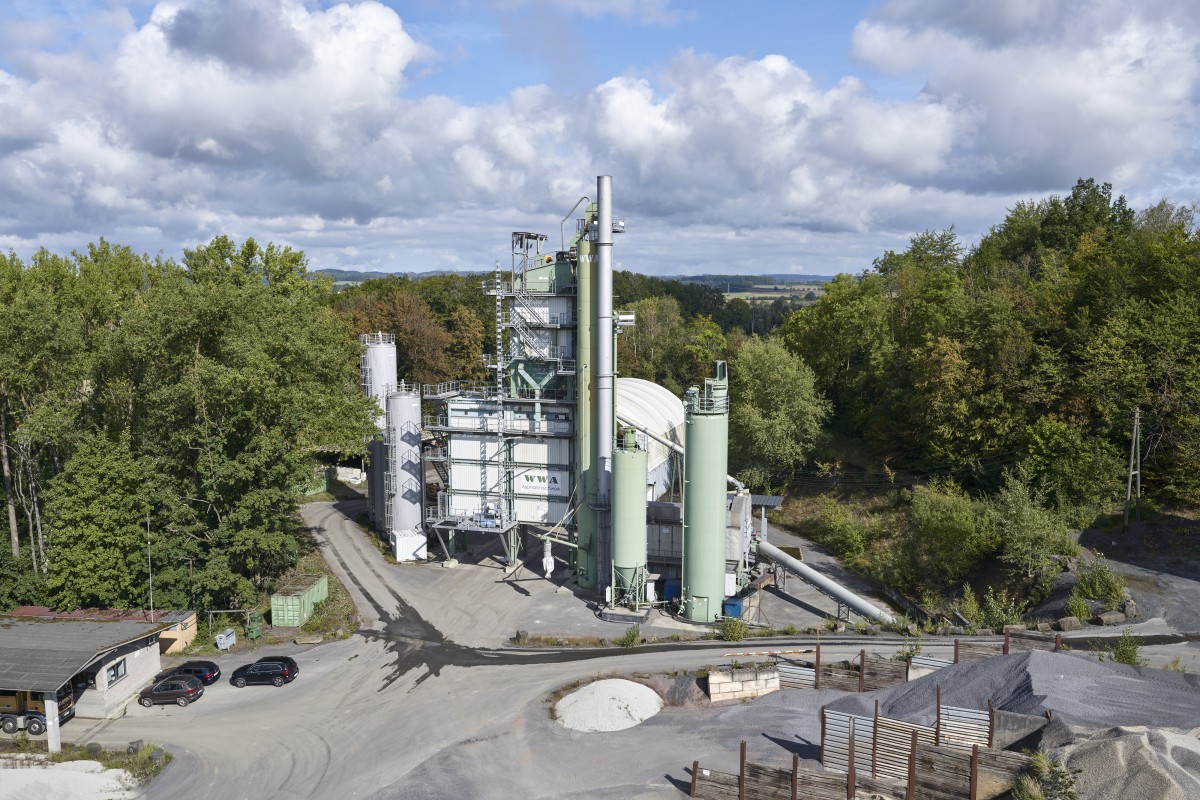
Earthmoving Machinery
24/10/2024
Benninghoven's REVOC system proven in practice
The REVOC Retrofit solution has been installed at an existin...
Road Machinery
01/10/2024
The Wirtgen Group at Paving Expo 2024
The Wirtgen Group presents groundbreaking technologies at Pa...
Altri International
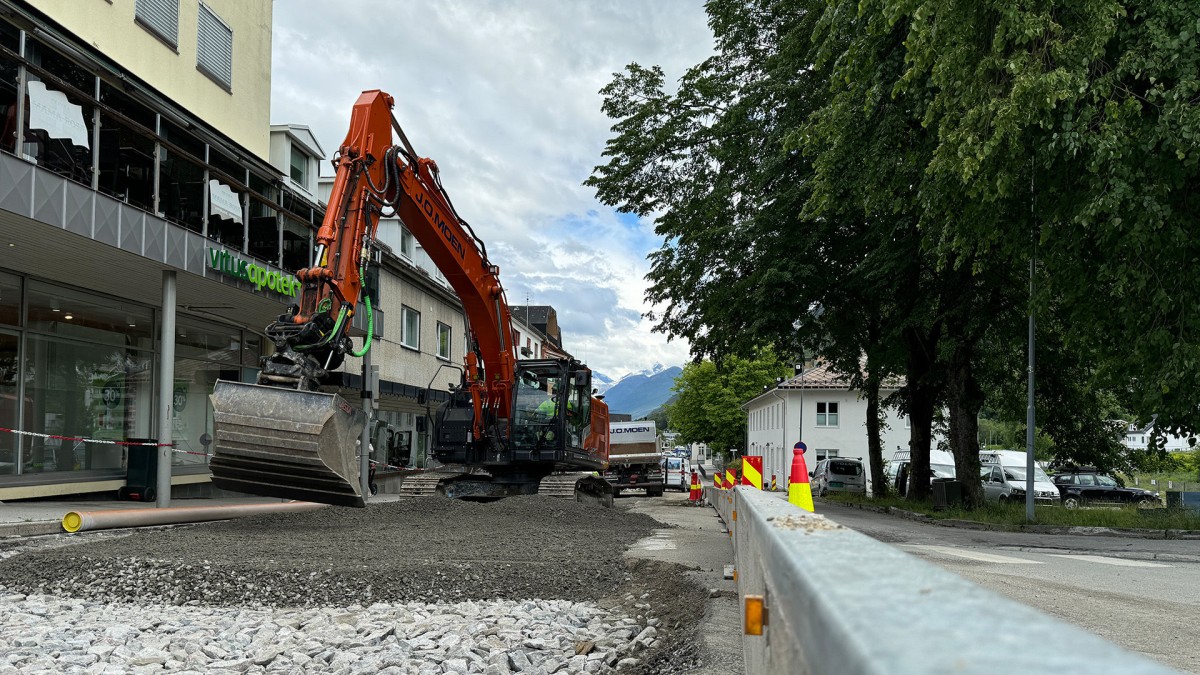
International
28/11/2024
Hitachi's Zaxis-7 excavator is a favourite for Norwegian family-business
Norwegian family business JO Moen AS has added a ZX225USRLC-...
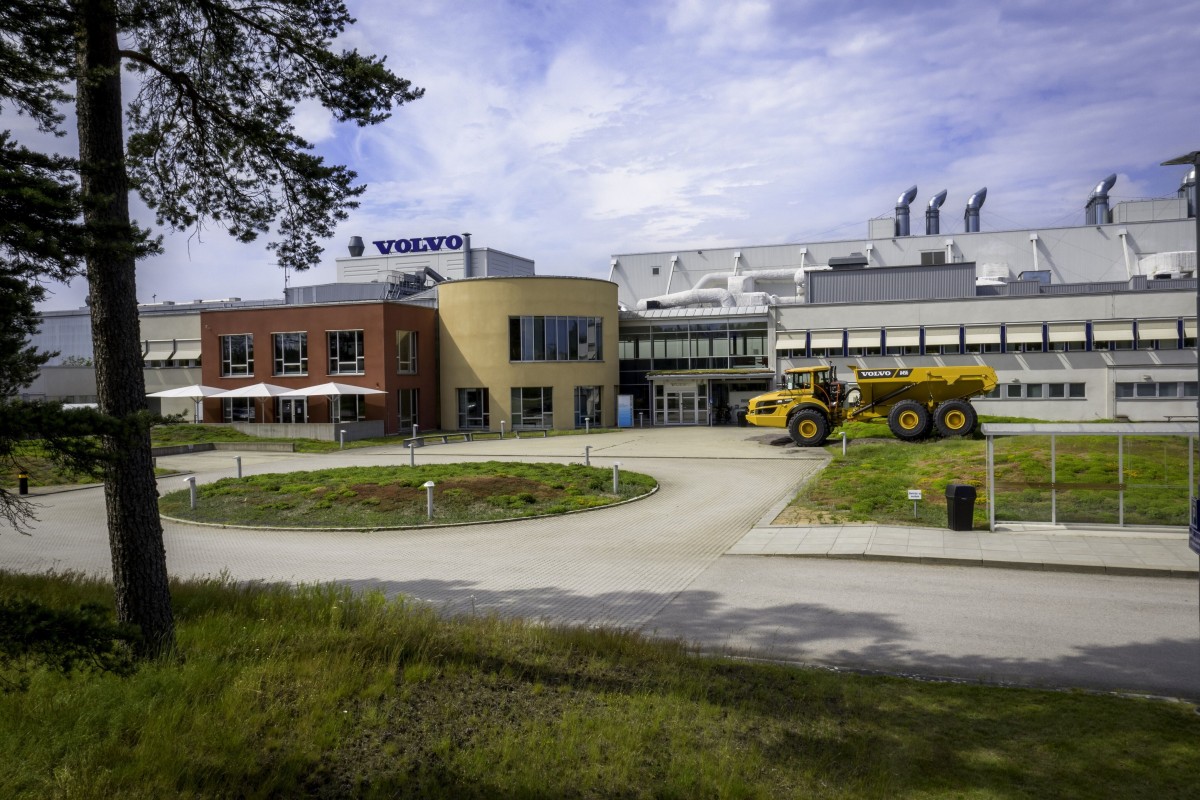
International
27/11/2024
Home of Volvo Construction Equipment’s pioneering articulated haulers advances to Climate Efficient Site
As one of the construction industry’s most active drivers of...
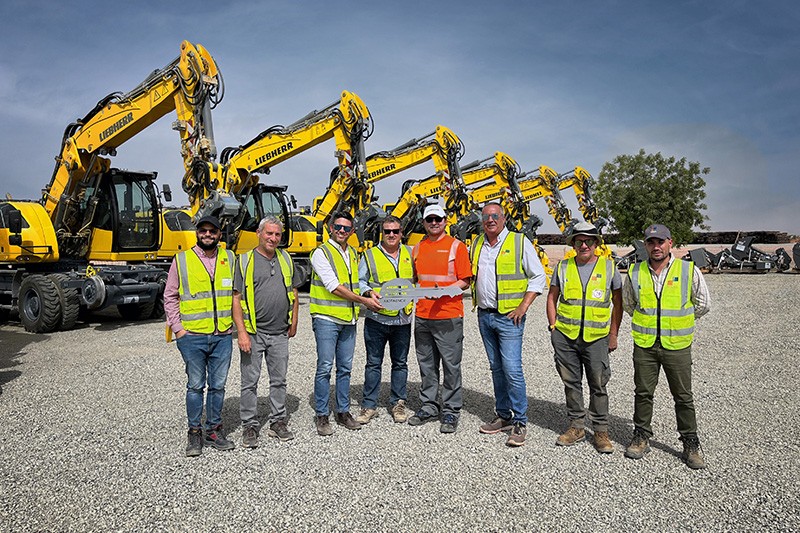
International
26/11/2024
Mota-Engil orders 10 Liebherr railroad excavators for a major project in West Africa
The Portuguese construction company Mota-Engil has once agai...
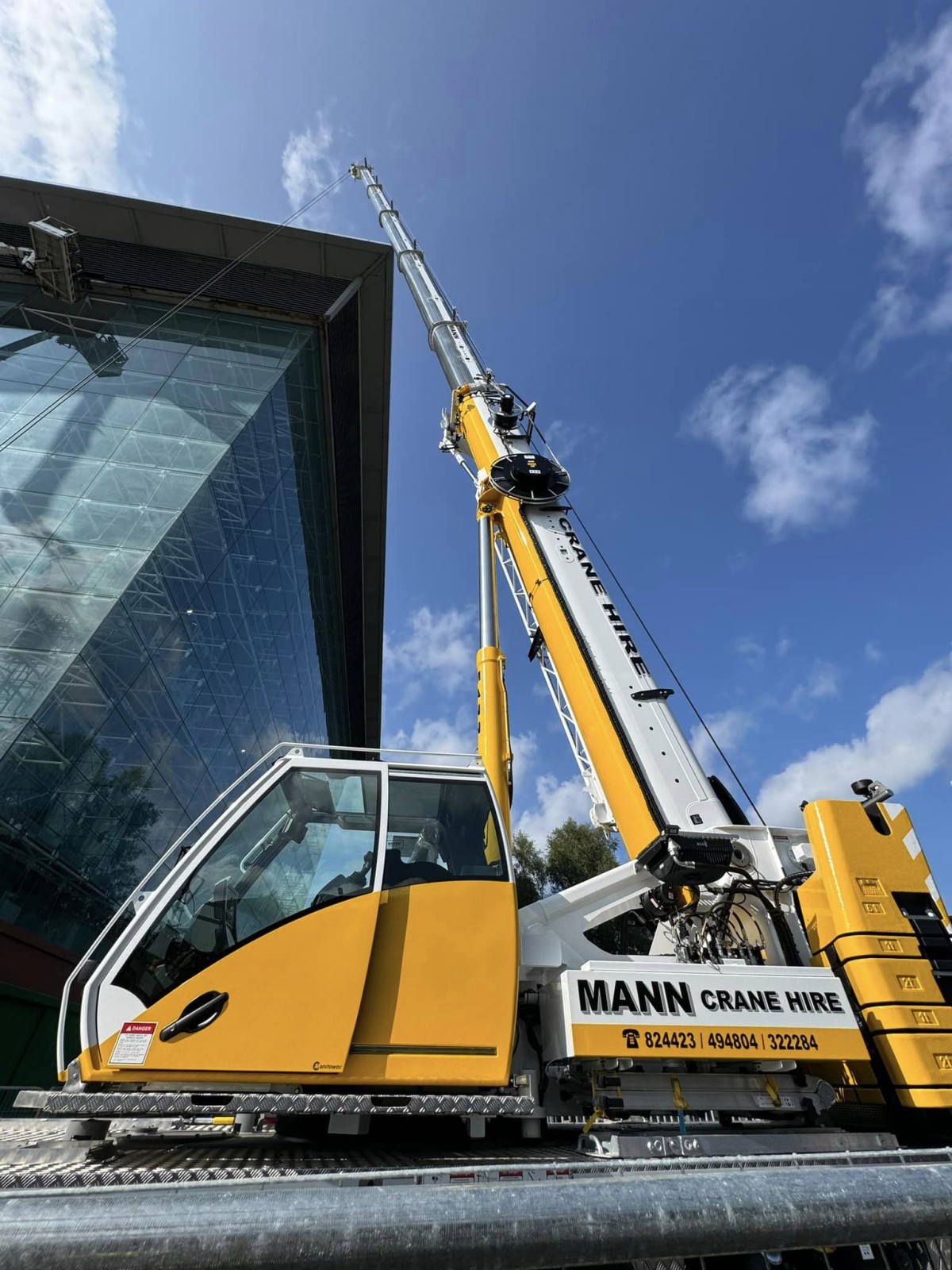
International
25/11/2024
New Grove GMK3060L-1 drives busy schedule for Mann Crane Hire
• Mann Crane Hire selected the GMK3060L-1 for its class-lead...
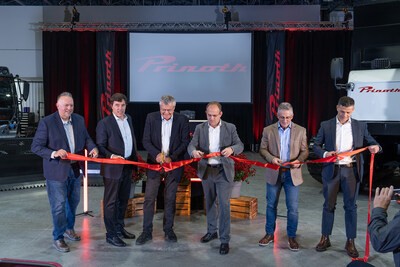
International
25/11/2024
Prinoth Unveils Expanded Production Facility in Granby, Canada
Prinoth held an event to announce the official opening of it...

International
23/11/2024
GPMat International takes delivery of two Raimondi T147s residential development in the South of France
- Official agent of France expands its product lineup with t...











































